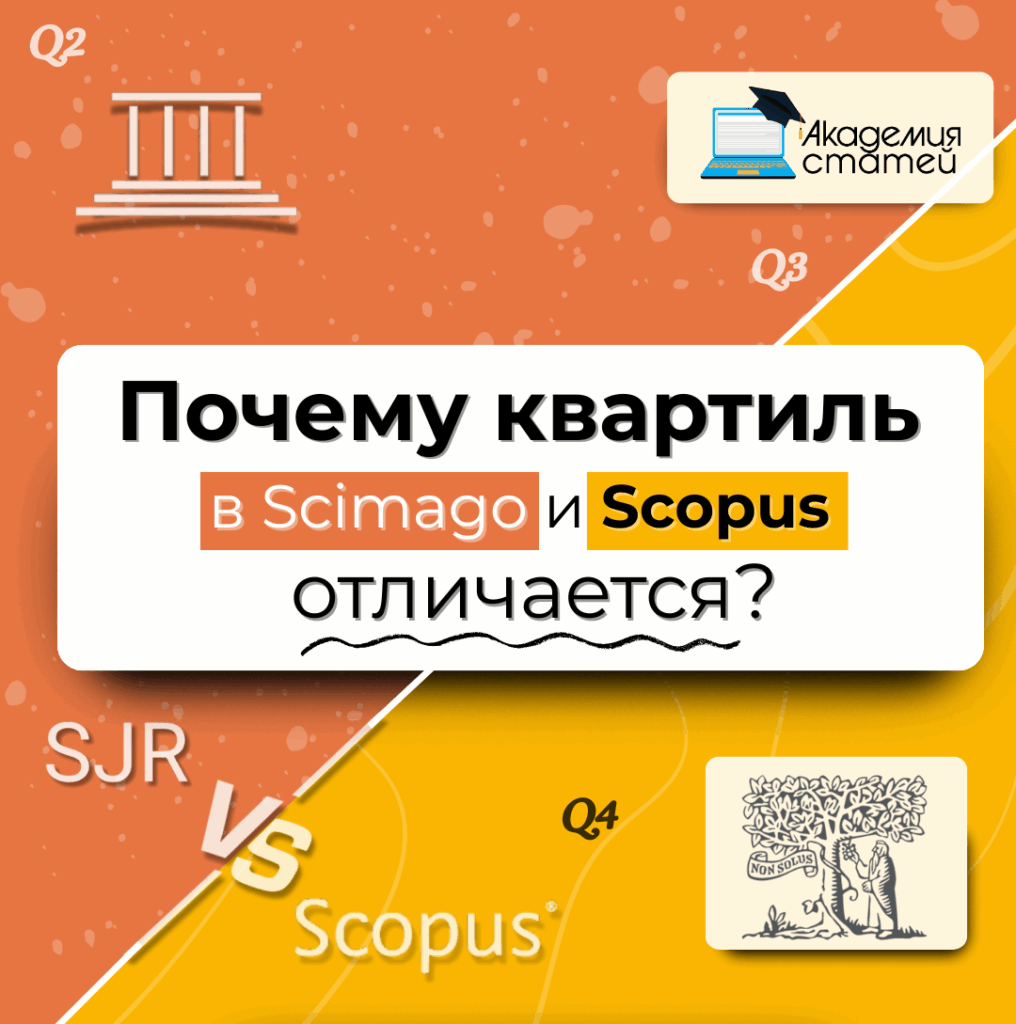Scopus is a unified abstract and bibliographic database that includes scientific literature. It was created by Elsevier Publishing, which provides access through a special institutional subscription.
Interest in this database is obvious and not accidental. For professionals with an academic degree, publishing their research in relevant journals included in this database is important. However, being listed in Scopus alone is not sufficient for a scientific journal to be considered for publication. A journal must have an appropriate SiteScore rating and percentile. Otherwise, the article will not be considered. Therefore, understanding these indicators to select the most appropriate journal for publishing your research is crucial.
Percentiles and quartiles
Let's first look at the terminology in its basic understanding, and then move on specifically to the Scopus database and examples of analysis of the necessary indicators.
The term "percentile" refers to a measure in which the percentage of total values is equal to or less than a given measure. For example, 90 percent of data values are below the 90th percentile. Or 10 percent of data values are below the 10th percentile. Quartiles are values that divide a data table into four parts. This is a general notation for these concepts. Now let's consider how it applies to the Scopus database.
- 25% — Q1, 1st quartile, 99-75 percentiles;
- 25% — Q2, II quartile, 74-50 percentiles;
- 25% — Q3, III quartile, 49-25 percentiles;
- 25% — Q4, IV quartile, 24-1 percentiles.
Based on this diagram, navigating the Scopus database structure isn't all that difficult. Next, we'll move on to examples of how this works in practice in more detail. But first, let's consider one more important issue.
In what case is the percentile not calculated for a journal?
Percentile in Scopus is not calculated in the following situations:
- When a scientific journal was accepted into Scopus earlier than three years ago. In this case, everything is quite understandable, since there is not enough data for the calculation;
- when a scientific journal was excluded from Scopus.
In all other situations, such an indicator can be calculated without any problems.
How to determine the quartile of a scientific journal using percentiles
Although some of the definitions may seem complex at first glance, they're relatively easy to understand in practice. Each subject category to which a scientific journal belongs has its own gradation. According to the AJSC classification, all journals within a category are ordered by descending CiteScore. Let's look at a specific example. Let's assume we're dealing with the 86th percentile. This means that the scientific journal belongs to the 14% (86 minus 100) of publications with the highest CiteScore in a given field.
And, of course, this answer would be incomplete without considering the basis for the Scopus CiteScore concept. Simply put, a CiteScore is a rating that a scientific journal receives in the Scopus database. This indicator is calculated based on the number of citations a document received in a given year (this refers to documents published in the previous three years). This indicator is then divided by the number of documents indexed in Scopus and published during the same period.
Incidentally, there's another important aspect when a scientific journal is relevant to multiple Scopus fields. In such cases, you'll see that the journal has its own percentile in each field. Accordingly, the highest percentile is selected. This will be the journal's final Scopus percentile.
To sum it up…
For all professionals with an academic degree, understanding the information described in this article is crucial to effectively use the Scopus database. It is essential for every expert in their field to have two research papers published in a peer-reviewed, internationally recognized journal listed in Scopus. However, this is not the only requirement. The SiteScore percentile must be at least 35th in one of the research fields.
For military personnel, specialists from higher military institutions, scientific organizations, or specialized educational institutions, the requirement is somewhat different. They must have three research papers with a Scopus percentile score of at least 50.
Let's look at an example. If we're talking about someone with an academic degree, then a scientific journal for publishing materials doesn't meet the requirements if their percentile in each of the database fields is below 35. For example, a Scopus value of 37 is acceptable, but 34 is not.
Understanding these mechanisms allows you to use the Scopus database effectively.





